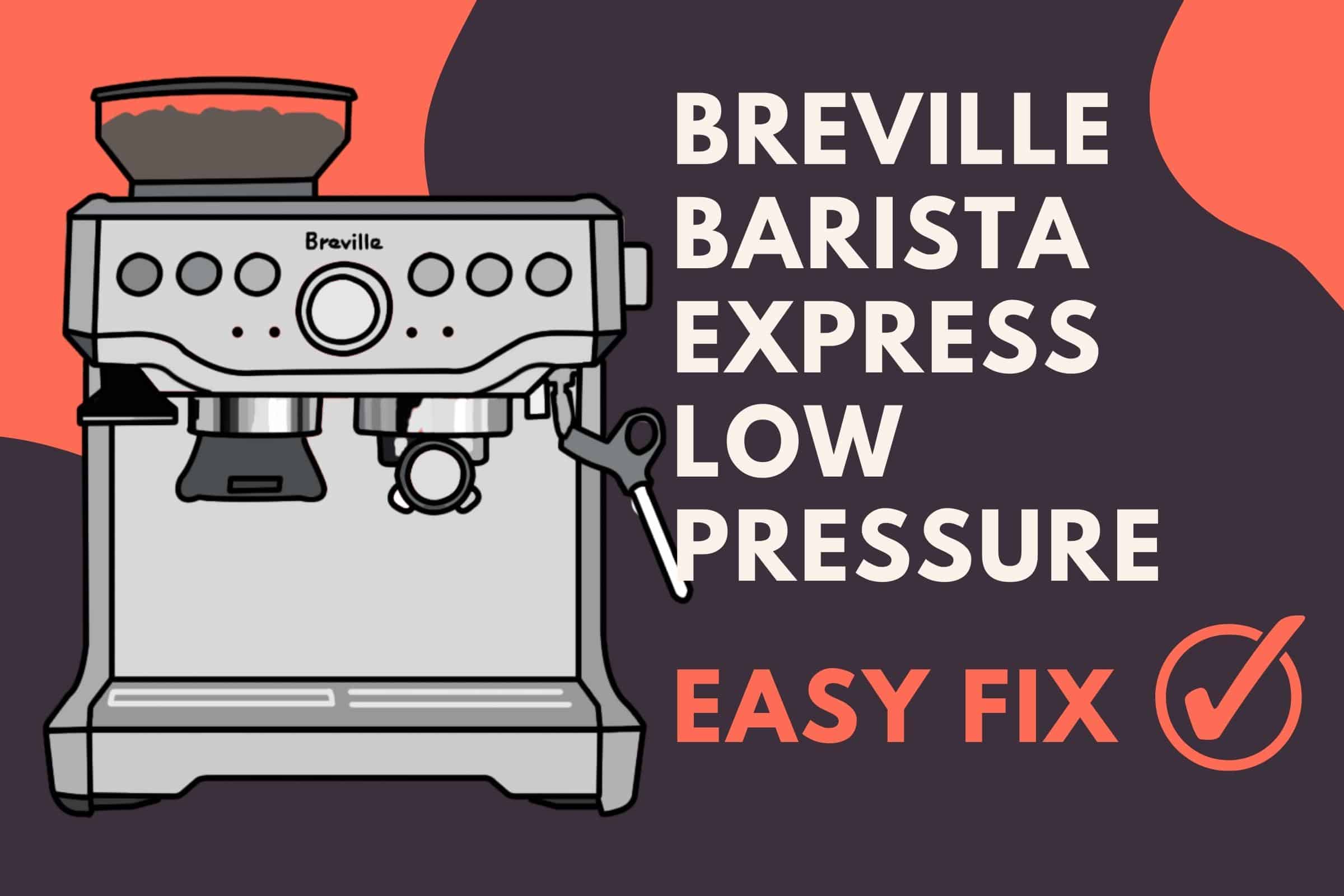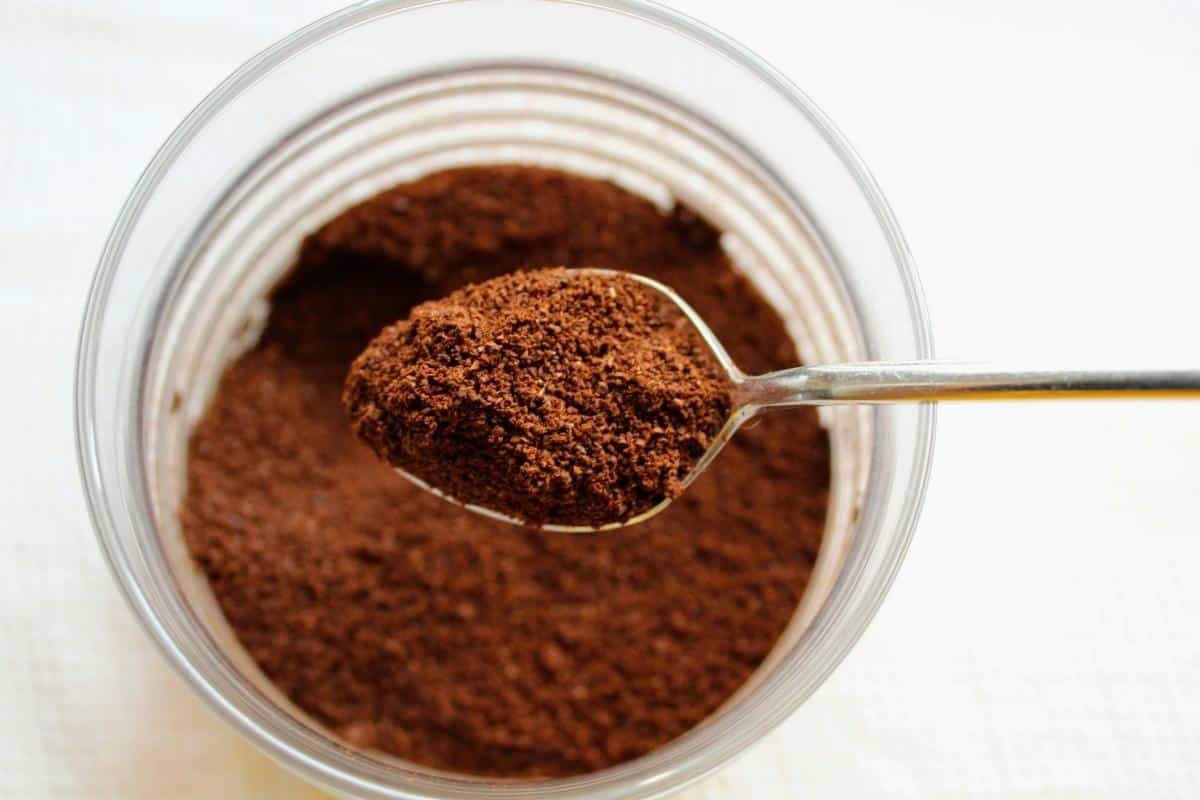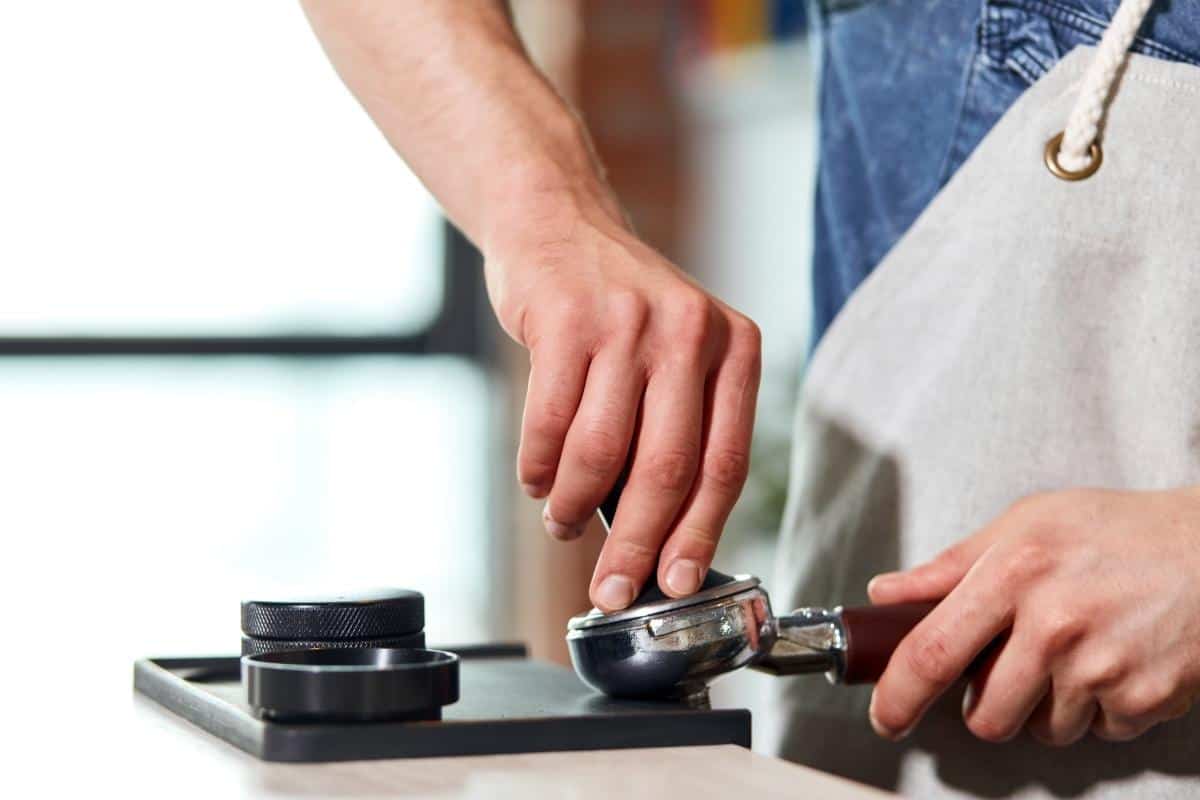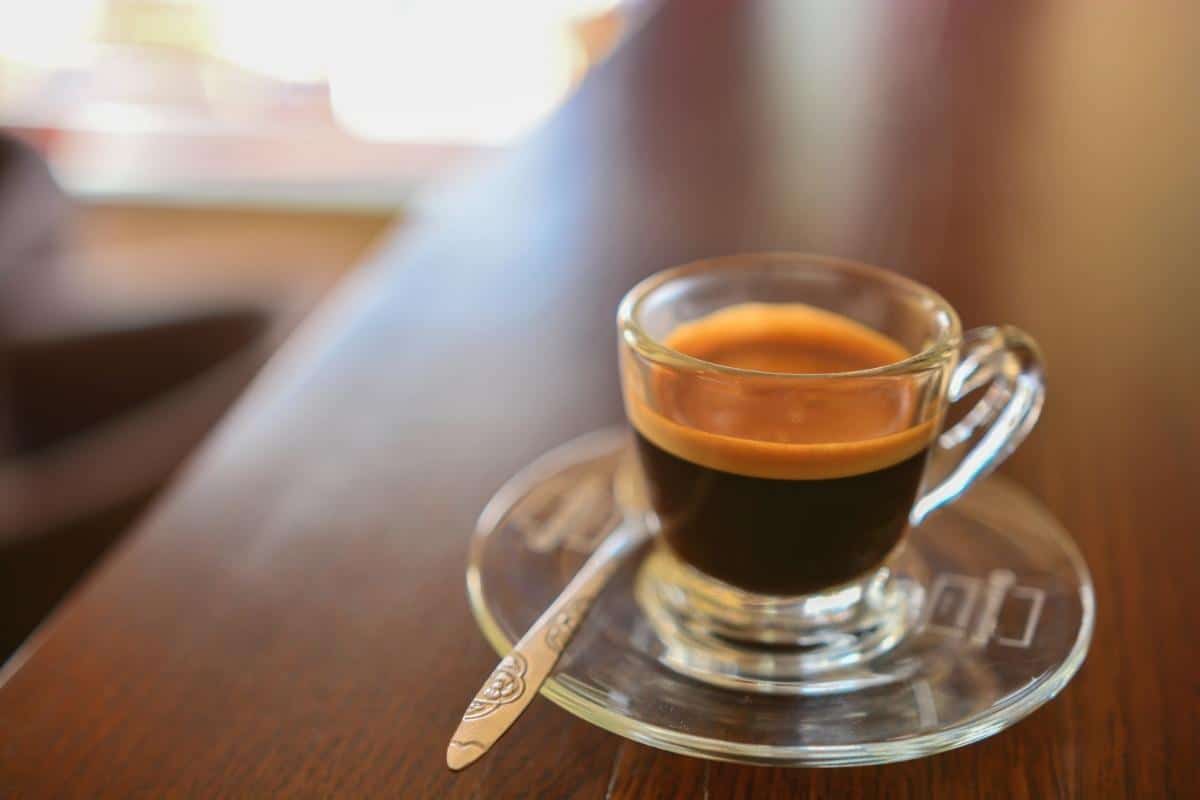Is your Breville Barista Express not reaching the optimal espresso pressure range? There are several reasons why it might not be achieving the necessary pressure.
In this article, I will cover all these reasons and tell you how to fix them!
Why Is The Pressure Low On My Breville Barista Express?
Low pressure on the Breville Barista Express is often due to a malfunction, incorrect grind size, improper coffee dosage, inadequate tamping, the need to descale, or the use of stale beans.
- Check the machine’s function with a pressurized basket and ensure the pressure gauge responds.
- Use a finer grind setting (around 9), dose 18 grams of coffee, and tamp firmly to create resistance.
- Descaling should be done every 2-3 months, and coffee beans should be fresh; consume dark roasts within a month and light or medium within three months, storing them in a cool, dark place.
- Adjust the top burr grinder to a finer setting if necessary.
Scroll down to get some more details on these solutions.

The correct pressure for brewing espresso is indicated when the pressure gauge needle points to the ‘espresso range,’ typically around the 10 to 12 o’clock position on the dial.
When the dial doesn’t reach the espresso range, it means that the machine doesn’t have to build a lot of pressure to get the water through the portafilter.
This usually results in a water flow that is too fast and your espresso will taste acidic. There are a few different things that can cause this:
Check If Your Breville Barista Express Is Functioning Correctly
First, ensure that your Breville Barista Express is functioning correctly.
Do this by inserting the portafilter with the pressurized basket into the machine and pressing the brew button.
The pressure gauge should move to at least the halfway point.
If the gauge doesn’t respond, your machine may have a malfunction. It’s advisable to reach out to Breville customer service in this situation.
They typically offer a replacement if your machine is still within the warranty period.
The Grind Size Is Too Coarse
In my experience, the most crucial factor in achieving the right pressure with the Breville Barista Express—or any espresso machine, for that matter—is finding the correct grind size for your coffee.
A grind that’s too coarse will let water pass through too quickly, resulting in low pressure and an under-extracted, sour shot with too much crema.
A good analogy is to think of it in terms of sand and rocks. If you have a bucket filled with large rocks and you pour water into it, the water will flow right through.
However, if you have a bucket filled with sand and you pour water on top, the water will sit on the surface of the sand. It would take a lot of pressure to push the water through.
I’ve discovered that a finer grind size, typically around a setting of 9 for fresh coffee beans, often yields the best results by creating the necessary resistance for proper extraction.
It’s crucial to remember that the ideal grind size varies depending on the age and variety of the beans you’re using. I suggest experimenting with several settings to find the optimal grind that works best with your specific coffee beans.

You’re Not Using The Right Dose of Ground Beans
Ensure proper coffee dosage in your Breville Barista Express by using the two-cup basket with 18 grams of ground coffee, which is the optimal amount.
Confirm you’re using enough coffee by checking that the silver ring on the tamper is visible after pressing down fully.
For accuracy, use the provided razor tool or a scale to measure the grounds.
Tamping The Coffee
I’ve found that proper tamping is another crucial factor in avoiding low pressure during extraction.
There’s a tamper that sticks to the left side of the machine with a magnet. I take it off, give the grounds in the portafilter a good firm press, and make sure they’re packed tight.
This step is crucial because it makes the machine work a bit harder (use more pressure) to push the water through, resulting in a much better extraction.

Your Breville Barista Express Needs To Be Descaled
Maintain optimal pressure in your Breville Barista Express by descaling every 2-3 months, or more frequently depending on water hardness and usage.
Scale from mineral deposits can block water flow compromising pressure and espresso quality.
Here is a guide I wrote on how to descale your Breville Barista Express.
Adding descaling to your regular maintenance routine will not only help with pressure issues but also extend the lifespan of your machine.
The Coffee Beans Are Too Old
After roasting, coffee beans start degassing. If the coffee beans you’re using lose too much gas (carbon dioxide) they become stale resulting in a fast water flow and the pressure can’t build up in the machine.
Light and medium roast beans can hold CO2 a lot longer than darker roast beans resulting in them staying fresh longer.
That’s why it’s advised to consume dark roast coffee beans within a month. Light and medium-roast coffee beans are best consumed within three months after roasting.
Also, make sure to store your coffee in a cool and dark place, It’s best to keep the temperature at or below 70 degrees.
Adjust The Top Burr Grind Setting
The grind size of the top grinder is probably size 6 since that is the default size from the factory.
To change the size. First, unplug your Barista Express. Then remove the coffee bean container on top. Now you can see the top grinder, simply turn the top grinder a quarter counterclockwise, then pull it out.
When you’re not getting enough pressure you want finer ground coffee beans instead of coarser. So you need to adjust it to a number lower than 6. Simply take the pin out and align the red dot with the number five or four.
To put it back turn the top grinder clockwise until you hear a clicking sound.

Conclusion
It can be quite hard to get the pressure right on your Breville Barista Express, but playing around with some of the things mentioned in this article should get you there.
To recap, when the pressure is too low on your Breville espresso machine these are the things you could try:
- Check if your machine is working properly
- Adjust the external grind size
- Use the right dose of ground coffee beans
- Tamp the coffee properly
- Descale your machine
- Use fresh coffee beans
- Adjust the top burr grind setting
I hope this article helped you to get the right pressure on your Breville espresso machine and that you can enjoy a nice shot of espresso now!
Thanks for reading!
